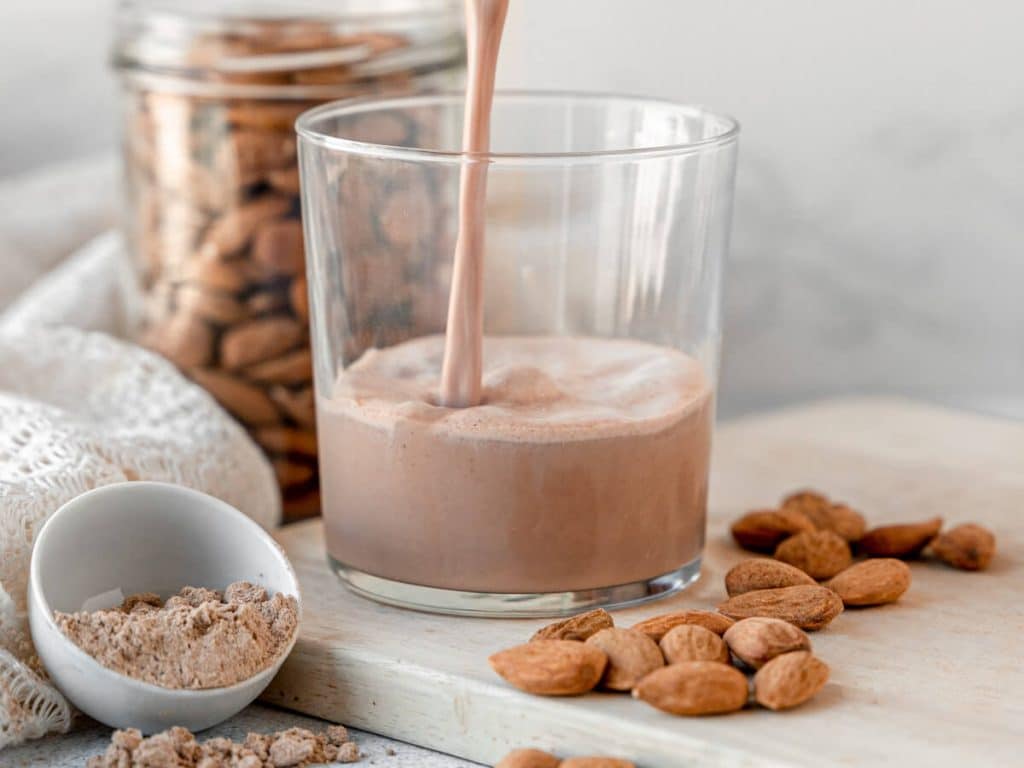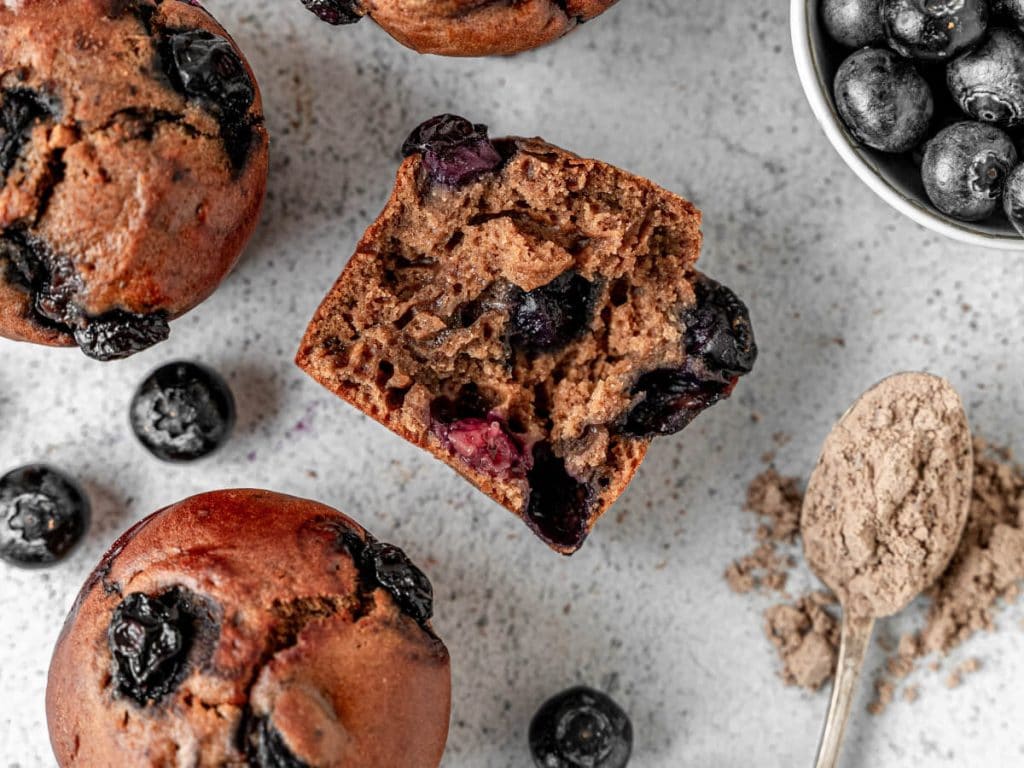[Article updated on 19/09/2023]
When it comes to nutrition and protein powder, a very trendy topic quickly finds itself on everyone’s lips. Indeed, vegetable protein powders have found their audience, among athletes as well as gourmets, lovers of healthy and tasty pastries. Plant-based protein powders are aimed at everyone who wants to maintain a healthy lifestyle, synonymous with well-being. They will also be ideal for fitness enthusiasts, vegetarians or vegans.
What is vegetable protein powder?
You know protein powder from milk, whey (or “whey” in English) and casein. On the other hand, vegetable protein powders are less known to athletes or fans of high-protein cuisine. Formerly dedicated to the market of sports nutrition, protein powders are now aimed at all audiences, especially for plant sources such as soy, pea or hemp.
Let’s say that the evolution of filtration processes currently allows us to obtain protein powder from many foods. Peas, rice, soybeans and hemp are the best known, but lupine and squash are also of some nutritional interest. As for the nutritional quality of these proteins, they are often considered inferior to proteins from milk, especially when compared to whey.

Are plant proteins of the same quality as animal proteins?
Often criticized for their lower nutritional quality than milk or red meat proteins for example, this argument no longer holds up today. 30 or 40 years ago, the only vegetable protein powder available was soy. Mass-produced by the food industry, soy protein powder was easy to produce, despite fairly average manufacturing quality. Unattractive in terms of taste, this protein did not attract crowds. Fortunately, public demand for a healthier diet has diversified the supply of plant proteins.
Qualitatively, soy actually has a high nutritional value because it contains all the essential amino acids. However, other plant sources such as peas, for example, have nothing to envy of soy, quite the contrary. Rice or hemp also have obvious nutritional appeal, particularly for vegans, athletes or sedentary people. Rice or hemp protein may lack lysine or methionine, but that does not prevent them from contributing to daily protein intake in humans.
On the other hand, blends of plant proteins tend to reduce this disadvantage to zero by mutually replenishing each protein’s relative amino acid deficiencies. And as with any protein powder, they can be taken in a shaker, like a “whey” or a casein.
Pea protein, exceptional nutritional quality
Pea protein is a special case in the plant world because it has a truly exceptional relative balance of amino acids. It is one of the rare plant proteins to contain almost all the essential amino acids except for cysteine and methionine. Apart from this relative defect, pea is rich in BCAA (Branched Amino Acids), arginine and even leucine. This is the ideal plant-based protein for vegan bodybuilding athletes. Packaged in powder, the protein concentration is 80% minimum, another exceptional score!
Hemp protein, an equally high-quality vegetable protein powder
Hemp is a plant protein known to contain all essential amino acids, which is quite rare in the plant world. It is rich in BCAA and fiber, as well as Omega 3 and 6 fatty acids. Hemp protein is assimilated relatively well but has the disadvantage of providing a relatively low protein level of around 50%. It is aimed at athletes as well as lovers of healthy recipes and protein pastries.

Rice protein, a high concentration plant protein
To tell the truth, rice protein powder is still relatively little known to the general public. Vegans, on the other hand, particularly appreciate it. It has the advantage of providing a high protein concentration (between 80 and 90%) as well as very correct digestibility. Its amino acid profile is not perfect, which makes it more of a plant protein to mix with other protein sources such as pea or hemp.
The mix of plant proteins for a better balance
The mix of vegetable proteins is particularly interesting from a nutritional point of view because it compensates for their respective small defects. In this case, a protein blend of plant sources has a nutritional value completely comparable to animal protein sources. Their relative richness in vitamins, minerals and antioxidants also offers an exclusive nutritional advantage compared to milk proteins and animal protein sources.
Last but not least, plant proteins are particularly suitable for making pastries and other gourmet recipes. With their texture close to that of fine flour, they are ideal for many recipes for pies, muffins or any sweet or savory pastry dough. These proteins are also very often considered as ideal food products in terms of health, well-being and high protein diet vegan or vegetarian.
